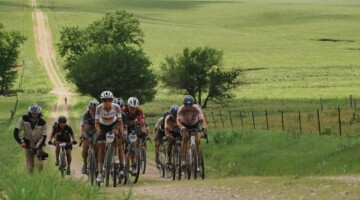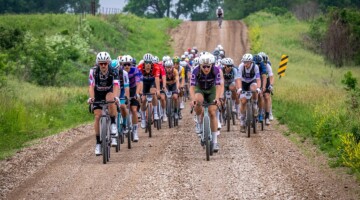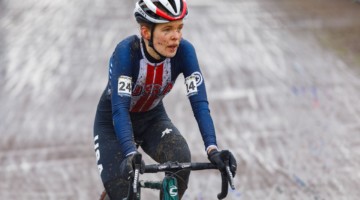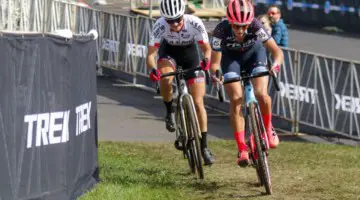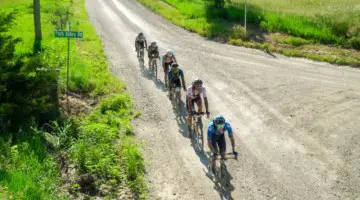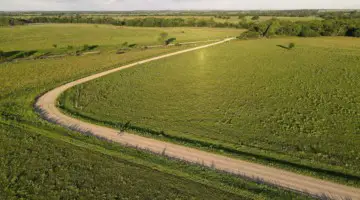Yesterday was arguably the biggest day in gravel, with both the Dirty Kanza and Lost and Found races simultaneously testing athletes from around the world.
One of the things we love about gravel is the unregulated, anything-goes Wild West nature of equipment in the sport, despite some indications this fake news is slowly becoming true. With four major titles on the line, it was fascinating to see four dramatically different bikes win the overall titles in the hills of Kansas and mountains of California’s Sierra.
Mat Stephens Gets Aero
“All we are is dust in the wind,” sang the band Kansas. Mat Stephens, hailing from Dallas, Texas, was determined to cheat the rules of Kansas and escape the wind, opting for the 3T Exploro “aero gravel” bike, and topping it off a set of “clip-on” aerobars.
Ride your bike for nearly 11 hours in attempt to win the Dirty Kanza 200 and aerodynamics could make a difference. Could it have been the difference between his first place and Jake Wells’ second, just 1:43 behind?
Skeptics might say it was just legs, but legs are what have to push the body through the wind. We’ll never know.
Tetrick Starts with a Clean Slate
Last year, Ted King won the Dirty Kanza on the Cannondale Slate, a unique bike with a Lefty suspension fork with 30mm of travel, and 650b/27.5″ wheels.
Tetrick opted for the same platform as the one we tested in California, adding a few personal touches including a SRM powermeter, and Schwalbe G-One tires.
After beating two-time winner and defending champ Amanda Nauman by just five seconds, one can’t help but wonder if the suspension could have made a difference for Tetrick.
Nauman used a Fox Adventure Cross fork herself to win the Dirty Reiver gravel race in the UK, but left it off for Kansas.
Decker Doubles Down on the Mountain Bike
After winning the Lost and Found 100-mile gravel race in his first attempt last year, Carl Decker said he had to consciously ride to “make [his] equipment last all day.” He opted for Schwalbe G-One tires on his Giant TCX, which he said is on the “lighter end” of the gravel tire spectrum, and said he was riding “as if my tires were made of wax.”
After inspecting the new 2017 Lost and Found gravel course on his motocross bike, Decker opted for his mountain bike this year after seeing all the erosion damage from the heavy winter rains.
Using a rigid fork but fat 29er mountain bike rubber and road pedals, Decker could use his downhill skills (and wheelie habits) to his advantage in terms of both race results and camera time.
Pairing fat tires with a flat handlebar on his XTC Advanced mountain bike, the result was the same. Decker defended his title and once again leads the Lost Sierra triple crown.
Decker is no stranger to going against the grain in choosing an advantageous bike for the course. In Utah, Decker famously opted for his full suspension mountain bike to win the summer cyclocross race in Deer Valley, much to Jonathan Page’s chagrin.
Katerina Nash Crosses Over to Win at Gravel
Katerina Nash, after winning bronze at the 2017 Cyclocross World Championships, showed on Saturday once again she’s pretty good at riding a cyclocross bike. Despite lining up for her first Lost and Found gravel race, she took her trusty Orbea/Ibis cyclocross bike to Lake Davis.
The same bike survived the tire-piercing rocks of Bieles, Luxembourg, and she figured it could do the same in the Sierra.
Sure, she swapped her tubulars for Maxxis Rambler 40mm tires, and added a wide-range Shimano 11-42 cassette out back, but did it make a difference? Like Decker, Nash has shown she can ride any bike in any race and finish with a top result.
It’s interesting to see the cycling legend but gravel racing newbie take the most traditional approach in terms of equipment. See Katerina Nash’s bike in cyclocross form in our profile from CrossVegas.























